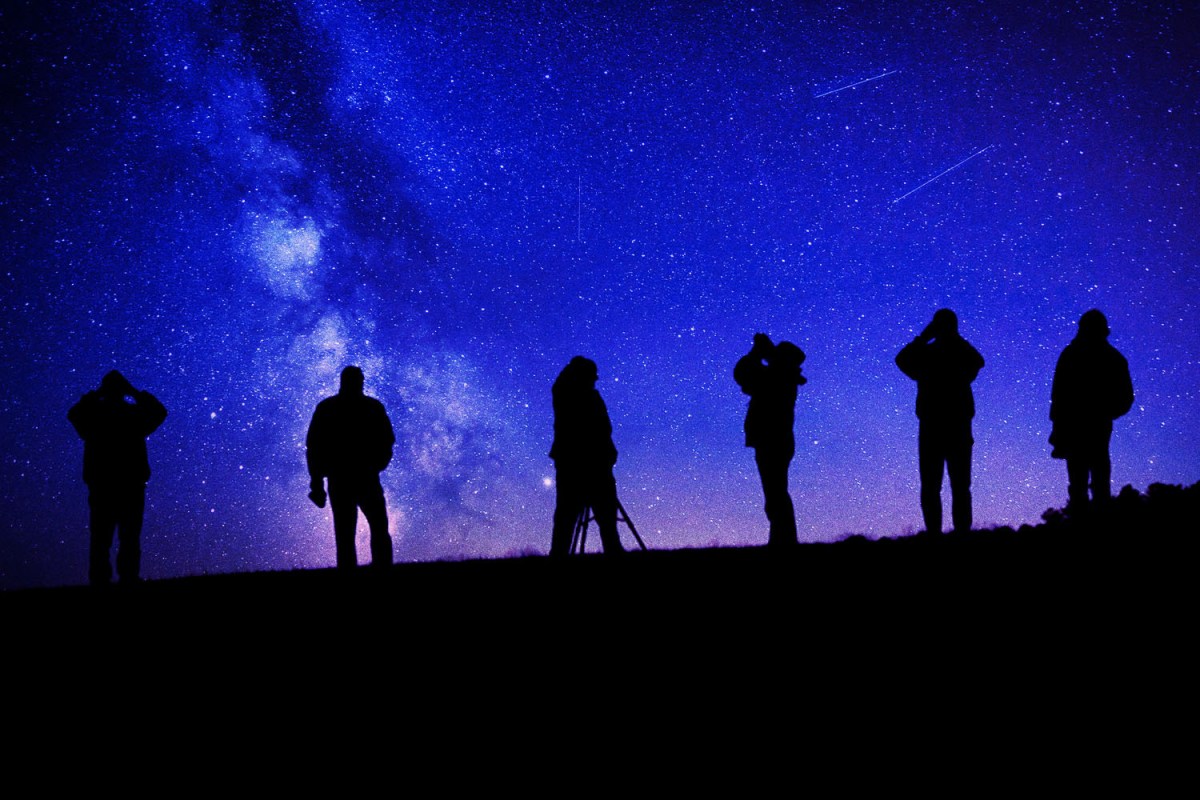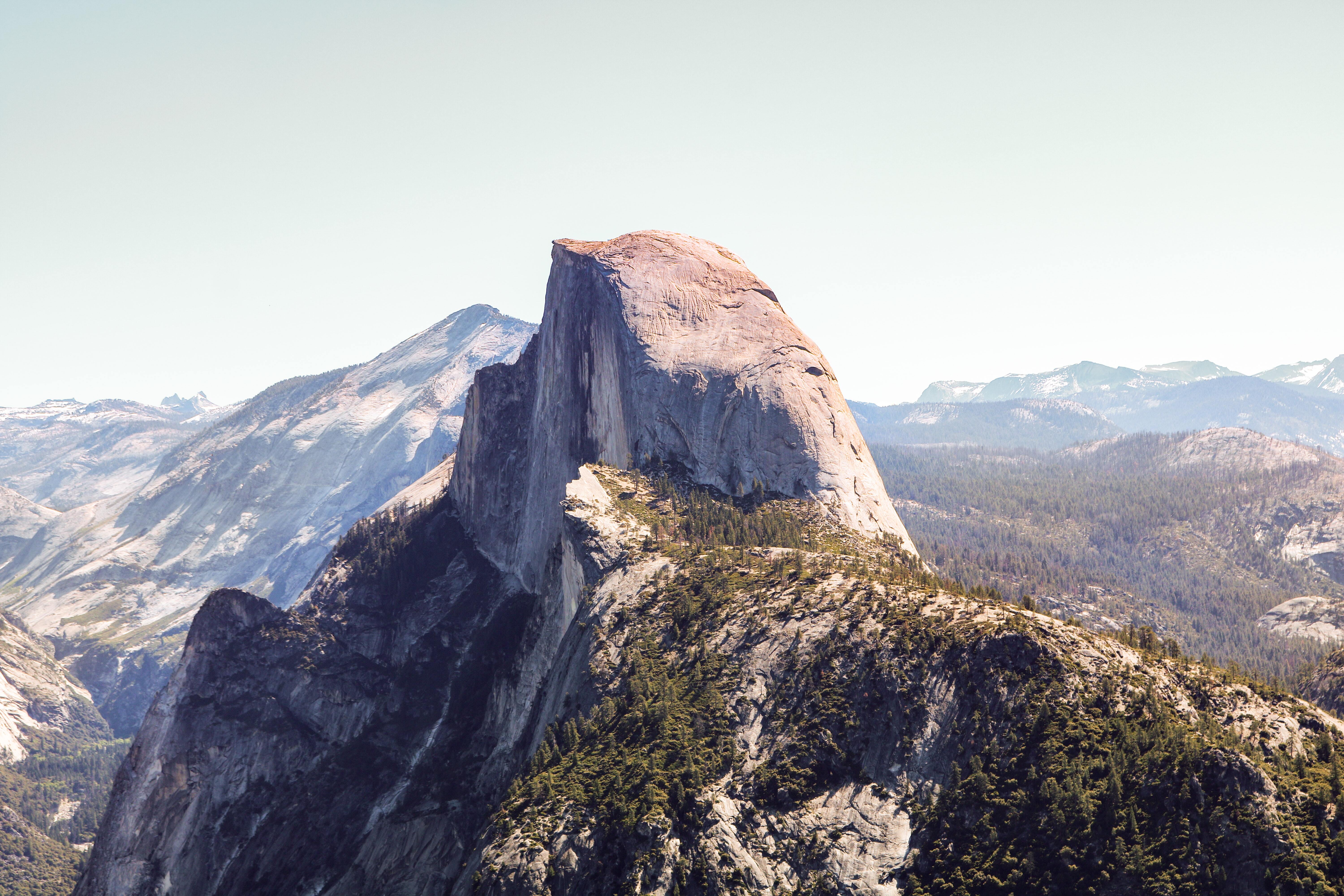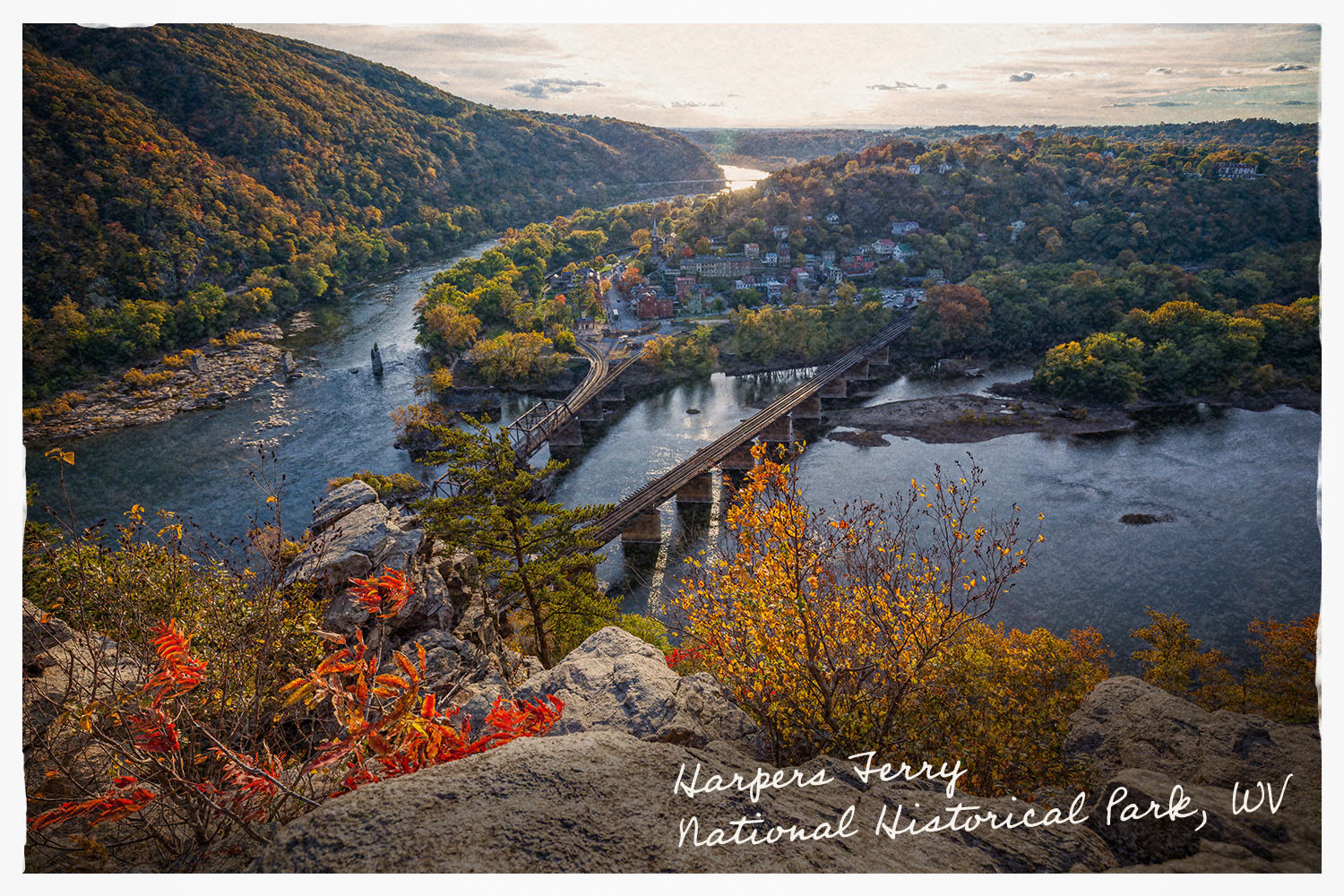I’ll never forget the first time I really saw the night sky for the first time. I don’t mean my first memory of the stars as a child, but rather the first time I saw it — in what I now know to be an International Dark-Sky Park, Grand Canyon National Park — totally unencumbered by light pollution. I don’t even think I had been fully aware that a view like that existed outside of sci-fi movies until that moment.
It was an understandably profound experience, but one that I’d admittedly come to heavily conflate with the southwestern part of the U.S., never once considering that some of the best stargazing in the country might exist just a few hours from where I live — except that it does. In abundance, in fact.
That’s because the state of Virginia is now home to more International Dark-Sky Parks than any other state east of the Mississippi River, making it, for all intents and purposes, the stargazing capital of the east coast. Last month, the International Dark Sky Association (IDA) announced that Natural Bridge State Park and Sky Meadows State Park would be joining ranks with Staunton River State Park, James River State Park and Rappahannock County Park, bringing the official Dark-Sky designation count in the Old Dominion up to five.
“It’s especially rewarding to see Virginia take the lead among eastern U.S. states during International Dark Sky Week,” said IDA Executive Director Ruskin Hartley in a press release from April 7. “It is a prominent demonstration of the fact that nighttime darkness worth protecting still exists in one of the most densely inhabited regions of the United States.”
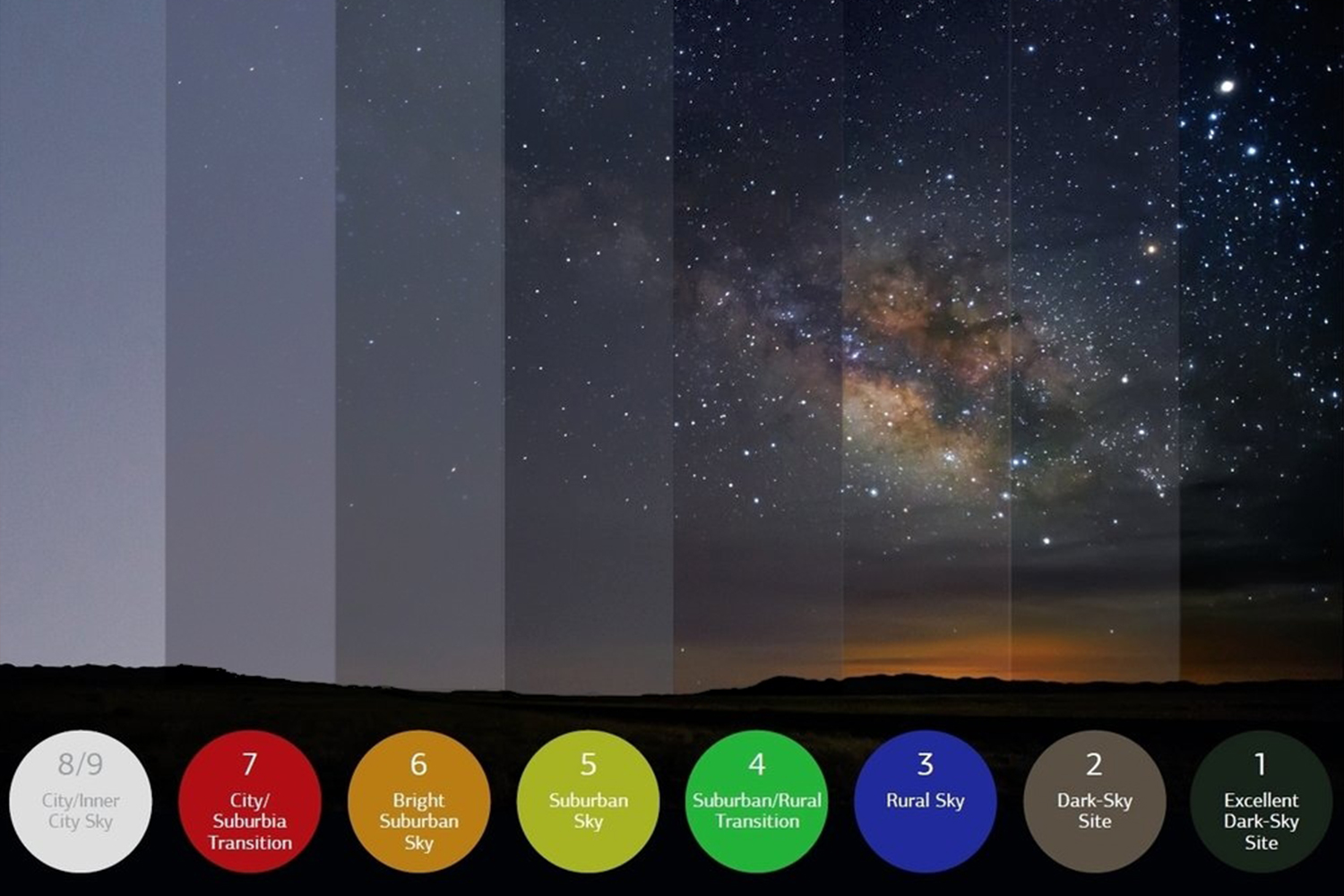
A Dark-Sky Park, according to the IDA, is defined as, “a land possessing an exceptional or distinguished quality of starry nights and a nocturnal environment that is specifically protected for its scientific, natural, educational, cultural heritage, and/or public enjoyment.” To date, there exist only 103 Dark-Sky Parks in the world, with the U.S. currently home to 80 of them, 12 of which were awarded the status this year. It is a distinction not easily attained, and one that somehow feels even more significant on the east coast, where light pollution is common.
Amy Oliver is the Public Information & News Manager for the National Radio Astronomy Observatory, a NASA/JPL Solar System Ambassador, dark-skies advocate and — coincidentally — a Virginian. According to Oliver, there are actually a lot of locations all over the world with truly dark skies that simply have not yet been designated as dark-sky locations, presumably because it is such a difficult appellation to earn.
“Designated dark-sky locations, including parks, cities, sanctuaries, etc., go through a rigorous application process to prove that they are committed to protecting dark skies from over-pollution by manmade light,” Oliver says.
“This doesn’t necessarily mean that a designated dark-sky location has no light at all,” she continues. “Dark-sky cities have light, but take extraordinary measures to minimize their impact on the night sky.”
As population and infrastructure grow ever bigger and brighter, that commitment to preservation is paramount in the approval process. In a world where so little remains untouched, these places offer a rare unobstructed view of the night sky — but it’s more than that, too.
“Dark skies impact every part of life, from bird migration, to nocturnal wildlife, to plant life, to human biology,” Oliver says. “Dark skies are not only an optical astronomy problem. Dark skies, in fact, are a problem that impacts each and every one of us.”
It’s why dark-sky advocates are not just astronomers but ecologists, environmentalists and biologists, too. It could also mean you: all of the International Dark-Sky Parks are open to the public year round, and can be enjoyed even by those with limited celestial knowledge. Luckily, Oliver shared a few tips on how to best experience the newly designated dark-sky parks in Virginia — when to go, how to plan and what to be on the lookout for once you’ve arrived — none of which require an in depth, pre-existing understanding of astronomy. And while she points out that winter (due to a decrease of moisture in the atmosphere) is actually the optimal time to stargaze, you can and should consider a trip to Virginia this summer for a glimpse of a true dark sky.
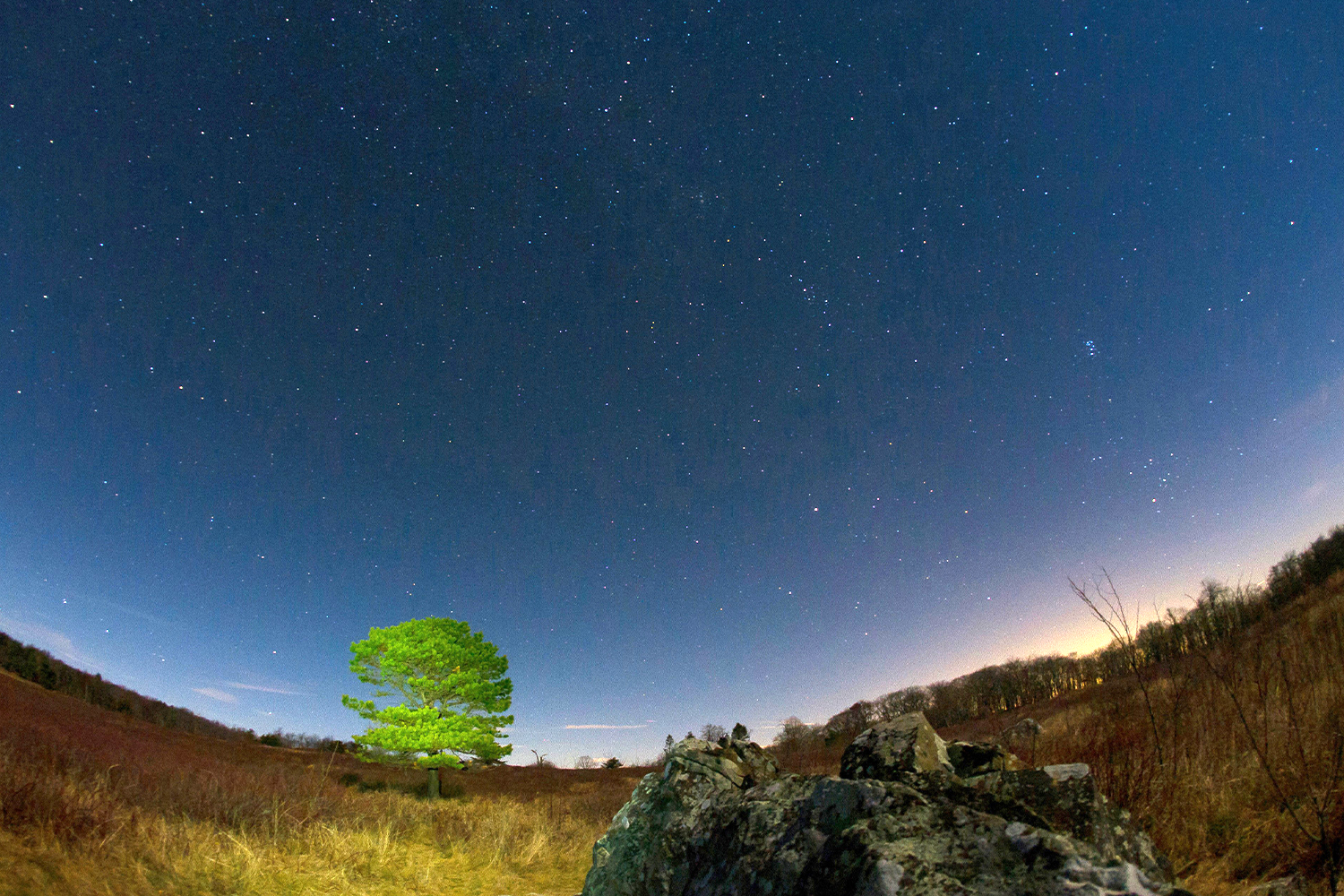
- Plan ahead
“Check out Clear Dark Sky’s Clear Sky Chart to help you choose the best nights and times to go out stargazing. I always use this tool whenever I’m stargazing because it helps me to quickly see when the skies will be most clear of clouds, haze, smoke and other obstructions that take the fun out of looking up at the stars.”
- Check the calendar
“The best time of year for the clearest stargazing is winter because of low humidity that leaves the atmosphere crisp. If you’re headed out to the mountains, it’ll stay pretty cold well into the spring.”
- Plan for a hike
“The higher in elevation you’re able to get, the less atmosphere you’ll have to look through, and the clearer the sky will appear. Take a night hike to some of the clearings in Whiteoak Canyon in Shenandoah National Park (strenuous but still for beginners) for the quintessential stargazing experience: in the still of the night in the forest, looking up.”
- Don’t get bogged down by equipment
“You don’t need a telescope to see amazing things in the night sky. You can constellation hop with the help of the Star Walk app (with your phone in Dark Mode), and you can even see things like the Pleiades and even the Andromeda Galaxy with the naked eye. I always carry a good pair of binoculars — my personal favorites are a pair of 10x50s. Keep it dark around you.”
- Don’t disturb the darkness
“In order to have the best stargazing experience, your eyes need to adjust to the available light in the darkness, and this won’t happen if your headlights are on or you’re shining a flashlight into the night. If you need a flashlight for your stargazing adventure, cover it with red cellophane to help dilute the light, and also don’t have an impact on your night vision”
- Study your star chart ahead of time
“The way we see the night sky changes throughout the year because the earth is never standing still. Because we’re in the northern hemisphere, you can almost always count on the Big Dipper to make an appearance in the night or early morning sky. Cassiopeia, too, never fails to show up, no matter what time of year. In winter months, Orion the Hunter is incredibly easy to find, and with a keen eye, you’ll even pick out the Orion Nebula with or without binoculars. In the spring months, you’ll find my favorite constellation, Bootes, which to me looks an awful lot like an angler fish, and not so much like herdsman. In the summer months, Aquila the Eagle, and in the Fall, Andromeda. You can also download Stellarium for free online to plan your stargazing well in advance and learn what to look for, or carry your mobile app with you. If you’re not quite confident, find a local star party and get to know some new friends.”
This article was featured in the InsideHook DC newsletter. Sign up now for more from the Beltway.
